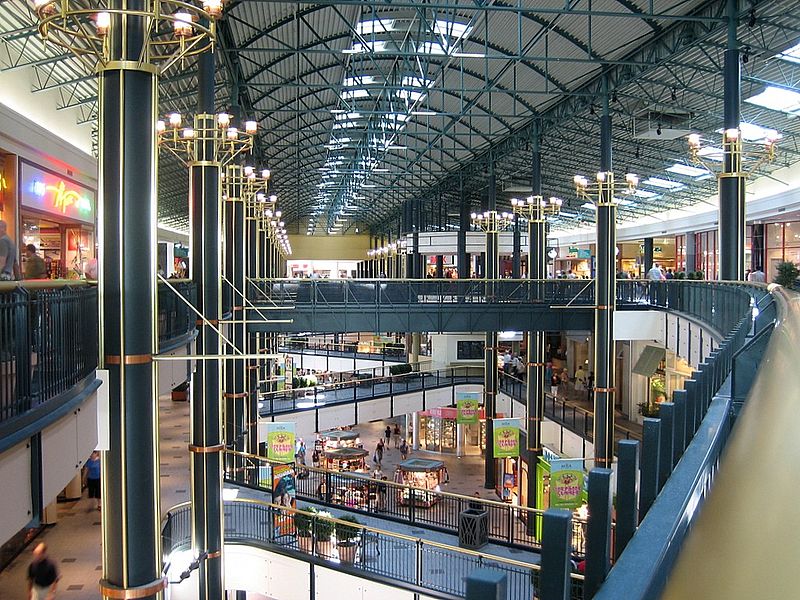 |
| Wikimedia Commons |
G.W. Schulz, Andrew Becker, Daniel Zwerdling
CFIR
Bloomington, Minn. – On May 1, 2008, at 4:59 p.m., Brad Kleinerman entered the spooky world of homeland security.
As he shopped for a children’s watch inside the sprawling Mall of America, two security guards approached and began questioning him. Although he was not accused of wrongdoing, the guards filed a confidential report about Kleinerman that was forwarded to local police.
The reason: Guards thought he might pose a threat because they believed he had been looking at them in a suspicious way.
Najam Qureshi, owner of a kiosk that sold items from his native Pakistan, also had his own experience with authorities after his father left a cell phone on a table in the food court.
The consequence: An FBI agent showed up at the family’s home, asking if they knew anyone who might want to hurt the United States.
Mall of America officials say their security unit stops and questions on average up to 1,200 people each year. The interviews at the mall are part of a counterterrorism initiative that acts as the private eyes and ears of law enforcement authorities but has often ensnared innocent people, according to an investigation by the Center for Investigative Reporting and NPR.
In many cases, the written reports were filed without the knowledge of those interviewed by security. Several people named in the reports learned from journalists that their birth dates, race, names of employers and other personal information were compiled along with surveillance images.
One Iranian man, now 62, began passing out during questioning. An Army veteran sobbed in his car after he was questioned for nearly two hours about video he had taken inside the mall.
Much of the questioning at the mall has been done in public while shoppers mill around, records show. Two people, a shopper and a mall employee, also described being taken to a basement area for questioning. Officials at the mall would not address individual cases.
“The government is not going to protect us free of charge, so we have to do that ourselves,” said Maureen Bausch, executive vice president of business development at the mall. “We’re lucky enough to be in the city of Bloomington where they actually have a police substation here [in the mall]. … They’re great. But we are responsible for this building.”
Reporters at the Center for Investigative Reporting and NPR obtained 125 suspicious activity reports totaling over 1,000 pages dating back to Christmas Eve, 2005. The documents, provided by law enforcement officials in Minnesota, give a glimpse inside the national campaign by authorities to collect and share intelligence about possible threats.
RELATED ACTIVIST POST ARTICLE:
New Homeland Security Report Sees “Evolutionary Shift” in Terror Threat
linkwithin_text=’Related Articles:’


Be the first to comment on "Mall of America visitors unknowingly end up in counterterrorism fusion center reports"